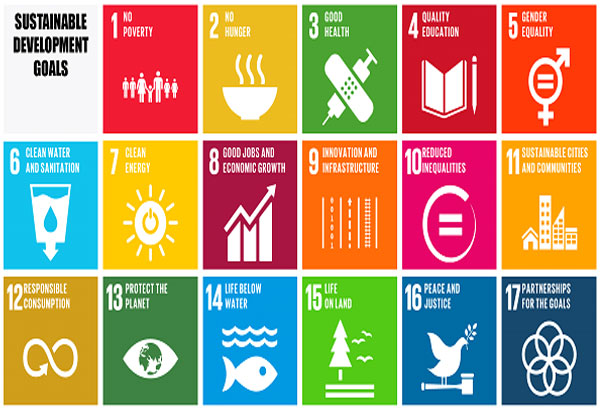Rizal Philippines
December 29, 2015

We wish a happy and prosperous 2016 New Year to every one. Many Filipinos are hopeful that 2016 will be better.
Why is this question relevant to AGSB Leaders? Well our mantra in AGSB is nation building, If we are to be building a nation, poverty has to be reduced if not eliminated.
Why are we poor? From Manila Times
From Philippine pride - 10 reasons why Philippines is still a poor country This article places the responsibility of being poor on the individual. Poverty is a matter of personal choice
From Prof Ciel Habito of Ateneo de Manila
Poverty reduction by 50% is one of the key goals of UN Millineum Development Goals. This was missed by the PHL observes Prof Ciel Habito, professor of economics at Ateneo de Manila University.It is said that for every 1% growth in GDP, there is a corresponding decrease in poverty level. While the Philippines has achieved an average growth of 4.5 % from 2004 to 2009, poverty incidence grew to 26.5%, the number of poor families increased by 185,000 and high school participation decreased.
What are the reasons?
1. There is no inclusiveness in the grwoth, only 1% of the population controls 60% of the GDP. What could be behind this? Lack of taxation? Govt control?
2. The jobs are mostly from BPO, gambling and technology but which are not linked to other areas of economy. Thus the job creation can not support nor solve the 6.5 unemployment and 20% under employment. The jobs from the service sector (say SM or other retail establishments even BPO and gambling are not permanent, and thus can not promise sustained employment and security
Prof Habito proposes 5 measures to reduce poverty:
1. Focus on MSME (I was right on having this as an advocacy and teaching this for the last 13 years, being engaged in probono talks of Go Negosyo, free lessons on Entrep blog)
2. Competition policy (The govt has not been keen in discouraging monopolies and giant companies that stifle grwoth as in telecom)
3. Human development (education, and pursuits like this Leadership development
4. Asset reform
5. Sector industry inclusive growth. The best way is to develop manufacturing as a generator of jobs ( or even agriculture

Thus an area that was addressed by Leader Brian was more income generation and hence lowering of incidence of poverty rate from his "Be one of us " recruitment speech
From Policy Mic - Structural Imbalance
The article even points a grimmer picture of poverty in the Philippines. In 2013, 1 million joined the ranks of unemployed. For that year, the real unemployment rate rose to 25.4% or 11..1 million compared to 24.6% or 10.1 million in 2012
Why is this happening? The economic managers practice what is called "Irrational Exuberance" as coined by former Federal Reserve Bank Chair Alan Greenspan. This means that managers focus on shallow short term gains like credit rating, stock market gains without balancing with other sectors that need growth. The Aquino government has tried to balance this out through the CCT (Conditional Cash Transfer) Program of DSWD. This has amounted to P698 billion in 2014 (From Channel News Asia (Aya Lowe formerly from Rappler) But this is giving away fish, and not teaching people how to fish
From ADB publication- Poverty in the Philippines
ADB's study is in depth and more insightful and exhaustively researched. ADB vision is in accordance with UN Millenium Goal, ie to reduce poverty by 50% in Asia and Pacific by 50%
Some of key findings by ADB:
1. There is little poverty alleviation despite impressive economic growth
2. Poverty varies by region with most reported in Region IV -B, V, ARMM, XI
3. It is mostly a rural phenomenon but it is a growing problem in urban areas too.
4. 2/3 of incidence of poverty is observed in families whose head had little education. (So lack of education is a cause of poverty)
5. High and rapid population growth (too many sharing limited resources and income)
6. Big families (related to #5)
7. Presence of constraints (structural and from the govt)
8. Lack of capacity of LGU to address poverty
9. Lack of resources (budget) fir poverty alleviation
10. Families and population are exposed to Frequent threats: drought typhoon, earthquake resulting in loss of lives, income, and propety.
Intervention can be made at 4, 5, 6, 8 and 9. however, this post would like to think that govt intervention and more coordination can pose further constraints.
What is going to be our intervention as leaders in this UN Milleniium Goals? Philippines poverty will soon be featured at Channel News Asia in October 2015 Dyahe naman. Ang dami nating masisipag na leaders. Magagaling

a good read, professor. happy new year!
ReplyDeleteIt's true. Despite our economic growth, little is done on our poverty alleviation. I am hopeful that we can do better in the years to come.
ReplyDelete"Sector industry inclusive growth. The best way is to develop manufacturing as a generator of jobs (or even agriculture" --> YES! Agriculture for inclusive growth. Considering how much it makes up of our pie, I wonder why our leaders have not figured this out.
ReplyDelete